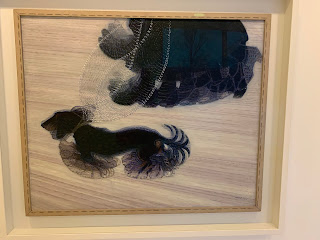1. Explain why you selected the video you choose from the selection listed above.
I selected the video because it seemed interesting to me. I have a stronger interest for Greek history, therefore, I chose this clip.
2. For each video list/discuss the key concepts you learned.
How the world made the Human Body Video: This clip explains different body norms that have been exposed throughout history. This video highlights the detail between Greek, Egyptian and nomad artists. The historic statues represent the change in generations. Images of the body are driven by culture and primal instinct to exaggerate. “The principle of exaggeration.”
The Greek Awakening: I thought it was interesting how the buildings built in Greece revolve around the perfect square. However, the buildings are not perfectly symmetrical at all. Some of the constructed pieces of the Parthenon are compensated for the eye and the brain. There are hardly any straight lines in this building and is quite deceiving. We have a constructed image for this Greek monument.
3. How do the videos relate to the readings in the text?
The human body video is related to the text because the female figure, Vienna from Willendorf is pictured and described on page 323 of the text. This small statue was one of the earliest preservations of human art found. On page 351-353, it explains different Greek building plans that were created and how they were built to be worshiped in. Churches and focal points of Christian worship was a primary motive for early construction. Detailed windows, frames, and statues were all included in the plans of these monuments. This is related to the Parthenon as seen in the video clip, The Greek Awakening.
4. What is your opinion of the films? How do they add depth to understanding of the readings and art concepts?
I personally found a lot of interest in the human Body video because gives an explanation of why bodies are painted, sculpted, or carved in a wide spectrum of styles. Within our textbooks, through the art museum or in daily living, the human body is altered and defines beauty in several ways. The Greek film was interesting as well because it explained the illusions that art can give. This video was primarily dominated by the Greek Parthenon. Specifically, the architecture of the building. I became helpful to understand the “life of the stone.”







